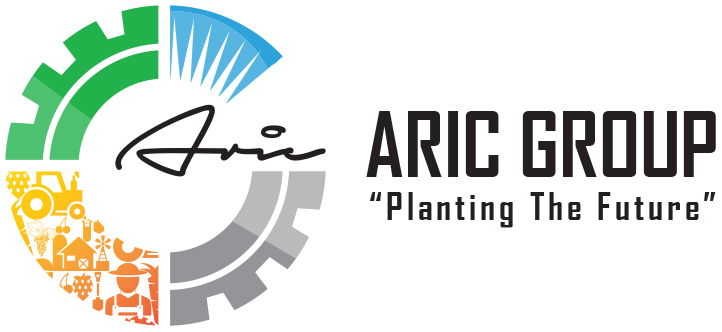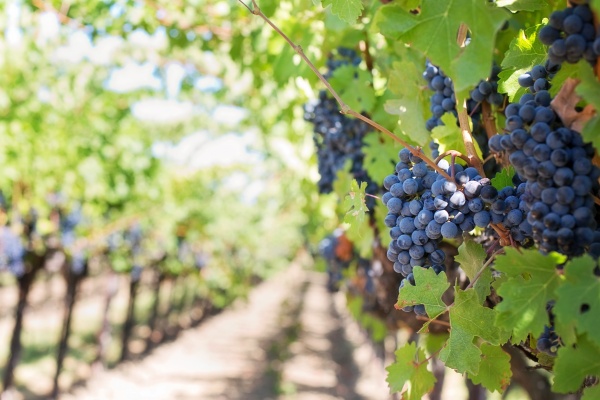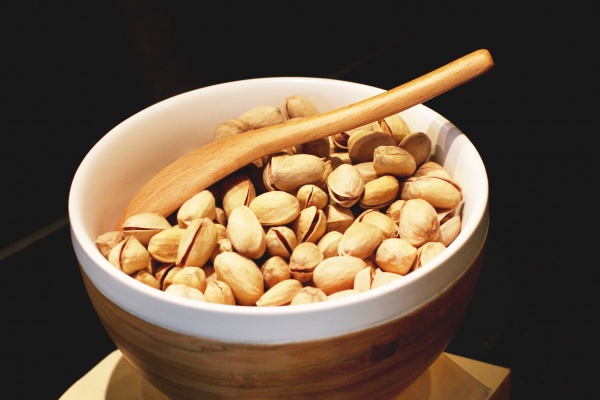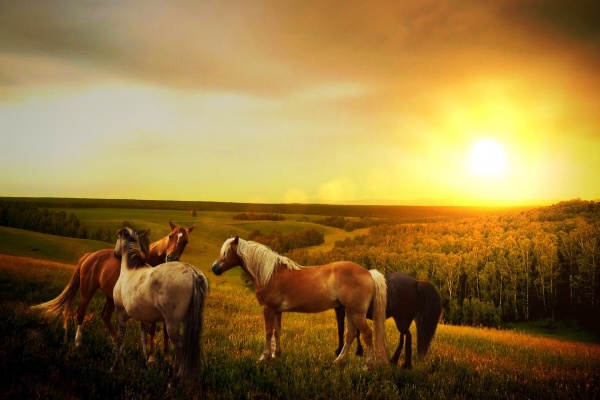
Projects
Vinichio Valley
Agriculture
Starting in 2012, Aric Group own and develop 2,200 hectares of prime agricultural land on the Iori River in Eastern Georgia. 125 hectares, the largest contiguous vineyard in the county, was planted in 2015 and 50 hectares of stone fruit in 2016. In the Spring of 2017, 100 hectares of pistachio was planted.
By the end of this project will see the completion of a 400 hectare vineyard, 400 hectare stone fruit orchard and a 1000 hectares pistachio orchard. Grape, dry-fruit and pistachio processing plants are commencing construction.
Food Processing
The company is planning to build processing factories on the site (3 factories for vine, stone fruit and pistachio processing). Almost all production will be exported. In order to achieve this goal, the construction of a modern, state of the art greenhouse has been completed. A laboratory, student learning center and other important infrastructural works are in progress. Up to 400 local people have been employed and this will significantly increase over the life of the project proving much needed training and income in a relatively underdeveloped region of Eastern Georgia.
Within the bounds of the project three factories will be built: Pistachio Processing Line, Wine (capacity of 4,000,000 bottles) and Dry fruit processing Factories.
Pistachio
Pistachio is one of the most expensive plants from the nut family. In addition to the food industry, it is widely used in pharmaceutical and para-pharmaceutical productions.
Iran is the homeland of pistachio. For thousands of years pistachio production had been spreading from Afghanistan to Syria, in Western Asia as well as to the Caucasus (Georgia).
Cultivation of pistachio for commercial purposes began in California, USA as early as in the end of the 19th century, (circa1890). Nowadays, America and Iran lead in the cultivation of this expensive product. Currently, pistachio is being produced for industrial purposes in the following countries: Iran, USA, Turkey, Syria, China, Greece, Afghanistan and Italy.
The available irrigation water in Iran is reducing and has led to worsening the conditions necessary for pistachio cultivation, Since Iran represents one of the largest providers of pistachio in the world, this fact has been reflected on the international market and production of pistachio worldwide is under pressure whilst demand is growing.
Aric Group” has invested 20 million dollars in a scientific research to create a new species of pistachio, tailored for the local climate. After four years of intensive work the unique species of pistachio created, ideally corresponds to the land and climate conditions in the region.
Pistachio culture has its own history in Georgia. Archeological findings have shown that wild species related to the current “Pistacia mutica” culture were highly spread in the south-eastern part of Georgia thousands of years ago, in a place which fully corresponds with the climate conditions needed for successful cultivation of this plant.
The only type of consumable pistachio – “P. vera” was imported to Georgia during the medieval times from Iran or central Asia. Its existence was mentioned numerous times in historic sources. For example, the existence of pistachio trees in eastern Georgia, namely in Kakheti, was mentioned in a report regarding the visit of Russian ambassador to Georgia in 1650. At a later time, the writings of historian Vakhushti Bagrationi prove the pistachio cultivation works in the country (even in the western Georgia).
The process of pistachio plantation in Georgia in 1930s was prevented by repressions of 1937. The pistachio cultivation issue was raised in 1995 and the first experiment was conducted. From 2009 various projects were initiated to process pistachio using modern technologies, however, despite numerous
The available irrigation water in Iran is reducing and has led to worsening the conditions necessary for pistachio cultivation, Since Iran represents one of the largest providers of pistachio in the world, this fact has been reflected on the international market and production of pistachio worldwide is under pressure whilst demand is growing.
Aric Group” has invested 20 million dollars in a scientific research to create a new species of pistachio, tailored for the local climate. After four years of intensive work the unique species of pistachio created, ideally corresponds to the land and climate conditions in the region.
For the first time ever, Georgia has a clear opportunity to become a producer country of pistachio for its local market and a significant player on the local market. The research undertaken of the land and environmental conditions have proved conclusively that Georgia possesses the necessary conditions to become the third largest provider of pistachio in the world following Iran and USA.
Vineyard
125 hectares, the largest contiguous vineyard in the county, was planted in 2015. Several grape varieties of White, Black and Red grapes can be found in Vinivhio Valley.
About Stone Fruit
Peaches, nectarines, plums, apricots are all members of the Prunus genus and are therefore closely related. They commonly are referred to as “stone fruits” because the seed is very large and hard.
The company is also planning to build processing factories on the site (3 factories for graoe concentrate, stone fruit and pistachio processing). Almost all production will be exported. In order to achieve this goal, the construction of a modern, state of the art greenhouse has been completed. A laboratory, student learning center and other important infrastructural works are in progress. Up to 400 local people have been employed and this will significantly increase over the life of the project proving much needed training and income in a relatively underdeveloped region of Eastern Georgia.
“Aric Group” is a member of the “International Nut and Dried Fruit Council Foundation”. The company has significant experience of working with large trading companies in this field. The company founders are the third generation of a family business involved in the cultivation and worldwide trade of pistachio, enabling the company to freely export and sell any quantity of the final product.
Eco Tourism
Iori river’s natural diversity of landscape, flora, fauna and in turn agricultural products will provide for the following Niche Tourism: Exploration tours, Traditional crafts, Horse trails, Hiking trails, Fishing, Hunting, Rafting trails, Bike and Squad Tours, Native and migratory birds and bird-watching, Cuisine, Vineyard tours, Marked routes ad also Visitors will be able to participate in the grape and fruit harvest.


